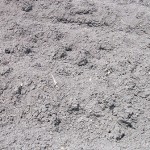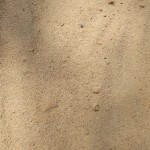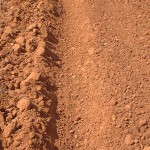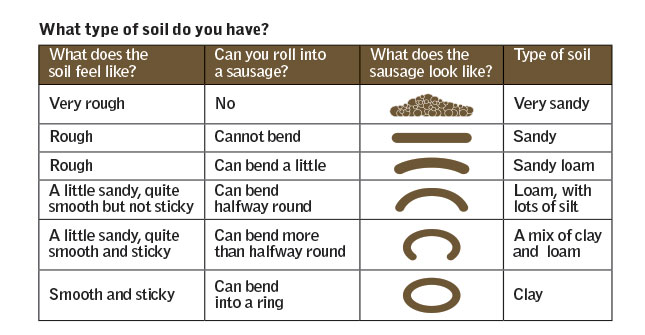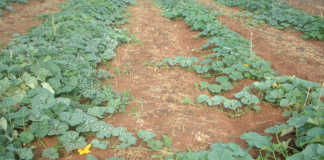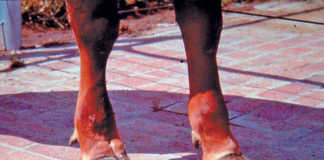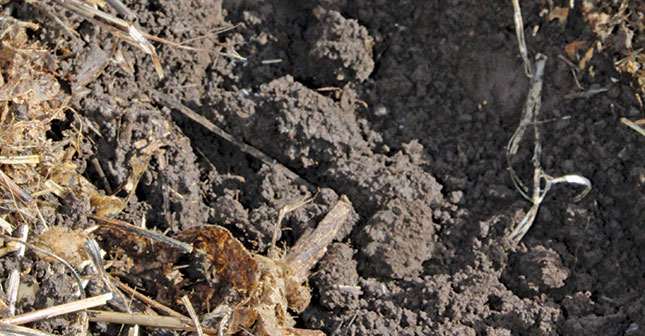
There are three main types of soil – clay, sandy and loam:
- Clay – This is ‘tight’, ‘sticky’ soil which does not absorb water easily. Roots struggle to grow in it, and it’s unsuitable for fruit trees. You can use it, though, to grow vegetables without big roots, such as cabbage, lettuce, spinach and beetroot.
- Sandy – This is loose, gritty soil. Water passes quickly through it and roots grow easily, but the soil dries quickly. If you grow vegetables in it, they’ll need nutrients and regular watering.
- Loam – This is the best type of soil. It contains sand, silt (very tiny grains of stone) and humus (decomposed plant material). Roots grow easily in it, and it holds water and nutrients – so crops grow well.
Soil can often be a mixture of these types. For example, loamy soil can be clayey or sandy. If you find that your soil has too much clay or too much sand, you can improve it by adding compost or manure.
To test your soil
- take a handful and feel it. Is it rough, smooth or sticky?
- Then wet it in your hand and try to make a sausage out of it.
- Now refer to the table below to decide what kind of soil you have.
If you’re a small-scale farmer, this is a useful way of testing soil texture. If you have a bigger operation, and are growing a lot of maize, for example, it’s best to have your soil analysed by experts.
Source: Infopak compiled by the Department of Agriculture in co-operation with the Institute of Natural Resources.

